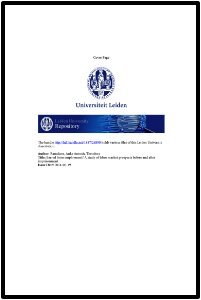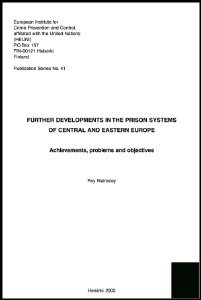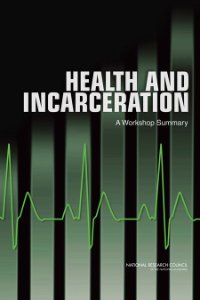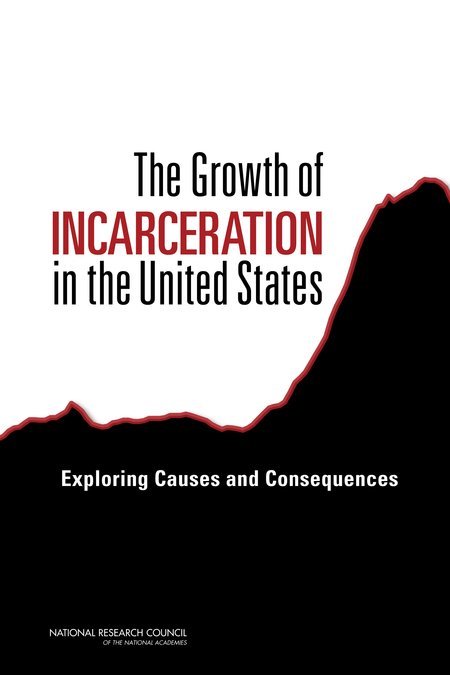By Madeline Carter
In 2011, while working in Milwaukee, Wisconsin, on the Evidence-Based Decision Making Initiative, sponsored by the National Institute of Corrections (NIC), the Center for Effective Public Policy (the Center) pioneered the concept of “dosage probation.” In 2012, NIC awarded a cooperative agreement to the Center and its partner The Carey Group to develop a model that would further explore this concept and outline the activities, processes, and objectives that a jurisdiction would carry out at the individual case, agency, and system levels to implement dosage probation as a risk reduction intervention. The model was introduced through the publication of a monograph entitled Dosage Probation: Rethinking the Structure of Probation Sentences (Carter & Sankovitz, 2014). In subsequent years, NIC supported implementation of the model in two pilot sites: Napa County, California, and Washington County, Minnesota. Much has been learned from these pilot efforts.
The dosage probation model suggests that the length of supervision should be determined by the number of hours of intervention necessary to reduce risk as opposed to a standard probation term, such as 3, 4, 5, etc., years. Dosage probation is designed to incentivize behavior change by providing an opportunity for the individual under supervision to receive early termination from probation if they successfully engage in risk reduction interventions tailored to their criminogenic needs, in a “dose” matched to their risk level. This document, the second in a series, provides background information on the dosage probation project; a summary of the literature pertinent to dosage; and information about the dosage pilot sites, including key lessons that emerged from the pilot project. It also lays the foundation for a forthcoming set of resources on this topic: The Dosage Probation Toolkit.
Silver Spring, MD: Center for Effective Public Policy, 2020.





















